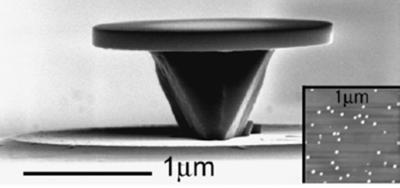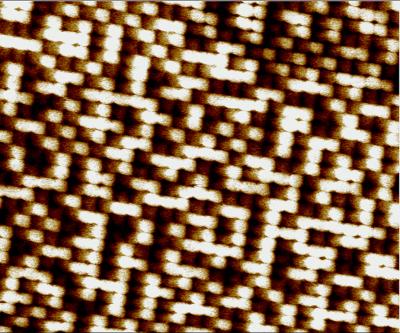Scientist from the Niels Bohr Institute at University of Copenhagen and from Harvard University have worked out a new theory which describe how the necessary transistors for the quantum computers of the future may be created. The research has just been published in the scientific journal Nature Physics.
Researchers dream of quantum computers. Incredibly fast super computers which can solve such extremely complicated tasks that it will revolutionise the application possibilities. But there are some serious difficulties. One of them is the transistors, which are the systems that process the signals.
















